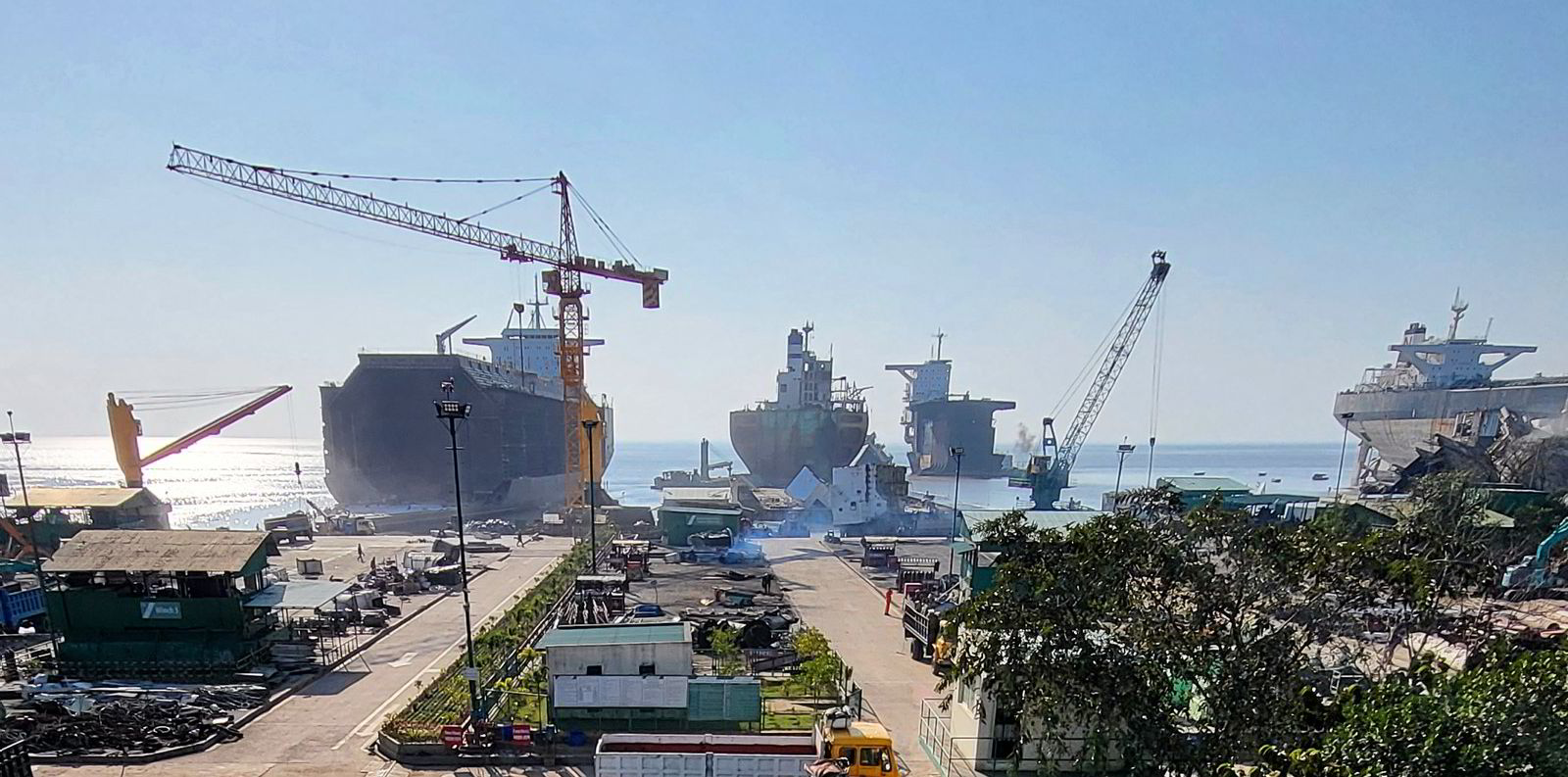Shipping is likely to buck the trend of generally lower growth in economies worldwide, Clarksons Platou Securities believes.
The Norwegian investment bank said “significantly” longer journeys due to disruption from the Ukraine war will shield the sector from slowing trade volumes.
The International Monetary Fund (IMF) has cut its forecast for world economic growth for 2022 from 4.4% to 3.6%.
“For shipping, slower economic growth is not good, all else being equal,” said analysts Frode Morkedal and Even Kolsgaard.
Based on trade growth in the 2011 to 2021 period, they estimate that dry bulk and tanker trade growth was 0.9 times world GDP growth.
Container trade growth has averaged 1.2 times world GDP growth over the same length of time.
“If average nautical miles increase, this could compensate for lower volumes,” the analysts added.
“For both dry bulk and tankers we have seen a lengthening of average trading distances on the back of reduced Russian exports. Low underlying fleet growth also means that slowing economic growth is less worrisome today than in prior periods,” they added.
Clarkson Research suggests that the Ukraine conflict could dampen total seaborne trade volume growth in 2022 by 0.9% in terms of tonnes.
Significant shifts in trade patterns are expected, however, as some buyers, especially in Europe, seek alternative supplies and some Russian cargoes are shipped elsewhere, for example to Asia.
Shipping tonne-mile forecasts holding steady
Overall, expectations for increased average journey lengths in some sectors have meant that projection for growth in total seaborne tonne-mile trade in 2022 has remained very similar to previous projections, at a firm 4%, despite the downgrade to volumes, Clarksons Platou said.
“This is a reminder that demand for ships is driven by more than volumes,” Morkedal and Kolsgaard added.
In addition to average miles, the productivity of vessels matters as well, they argue.
This includes waiting times, speed and other factors that impact how many voyages a ship can be employed during a year.
At the moment, lockdowns in China and the Russia-Ukraine situation have led to increased off-hire for ships, which tightens the market balance, albeit temporarily, the analysts said.
Upwards pressure on tanker rates
VLCC earnings fell 6% last week to $17,500 per day on average.
Peak refinery maintenance is impacting demand, while ships having repositioned into the Atlantic generally increased vessel supply, Clarksons Platou said.
US strategic oil stock releases of 1m barrels per day for six months starting in May, at the same time as refineries increase activity levels again, should lead to some upward pressure on rates again, the investment bank argues.
Capesize bulkers gained 25% last week to $15,300 per day.
FFA prospects looking good
“The forward freight agreement (FFA) market is particularly upbeat for this sector as Brazilian iron ore exports are expected to ramp up for the rest of the year and China returns from lockdowns, eventually,” the analysts added.
Share prices were generally in the red last week, although Clarksons Platou’s shipping index fell no more than 1%, against a drop of 3% for the S&P 500 index.
So far in 2022, shipping stocks are up 22% on average, while the broader share market is down 10%.
“We believe shipping should remain a favourable sector in the years ahead,” said Morkedal and Kolsgaard.
They base this on the very low newbuild orderbook for most segments, new carbon regulations from 2023, and China potentially seeing accelerating economic growth once the current Covid-restrictions are lifted.







